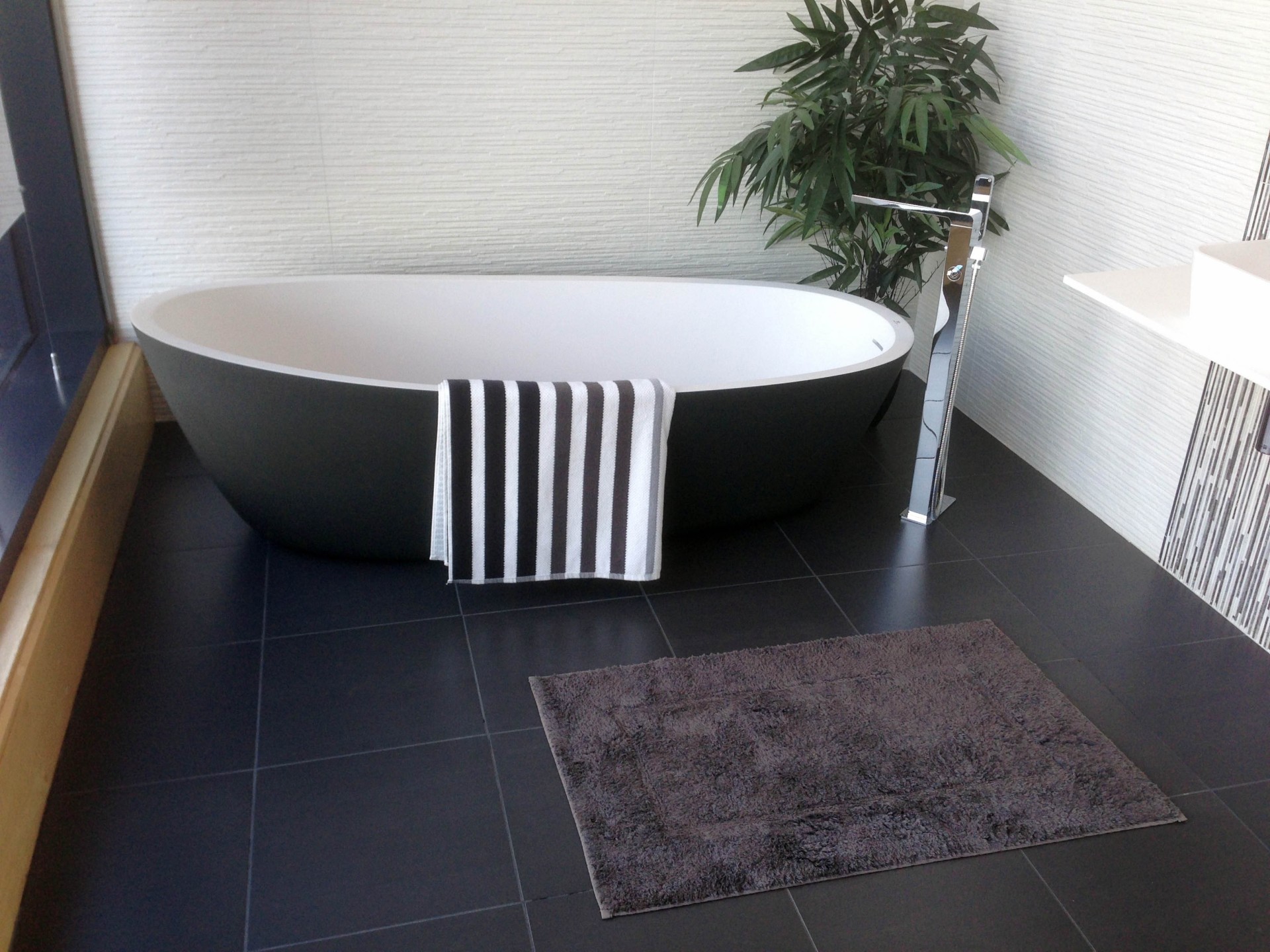
Do find it difficult to clean your bath mats? It may seem like no matter how often you wash them, they never look as good…

Do find it difficult to clean your bath mats? It may seem like no matter how often you wash them, they never look as good…

Firstly, take your rug outside and shake off all the dust. Place your bath mat inside your front loader and take care not to load…
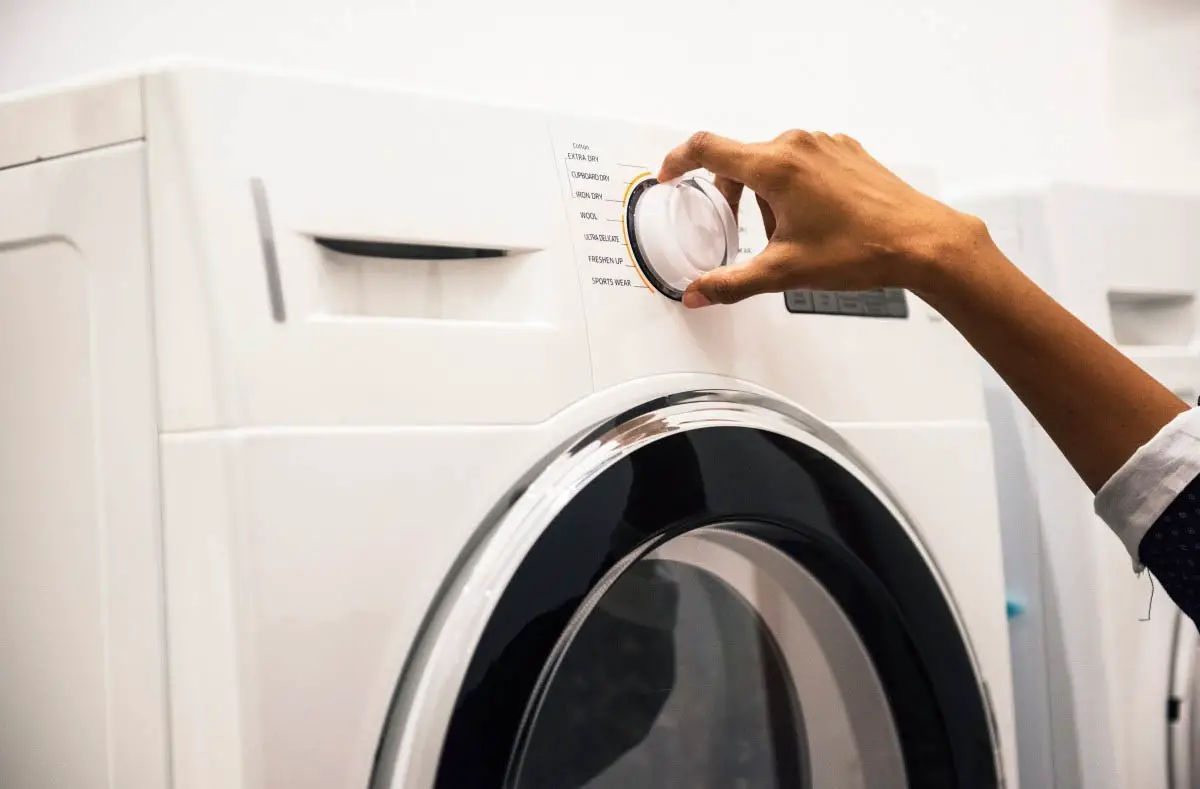
How you wash bath mats depends on the material. Suppose you’re to machine clean them. You would want to know what setting to wash bath…
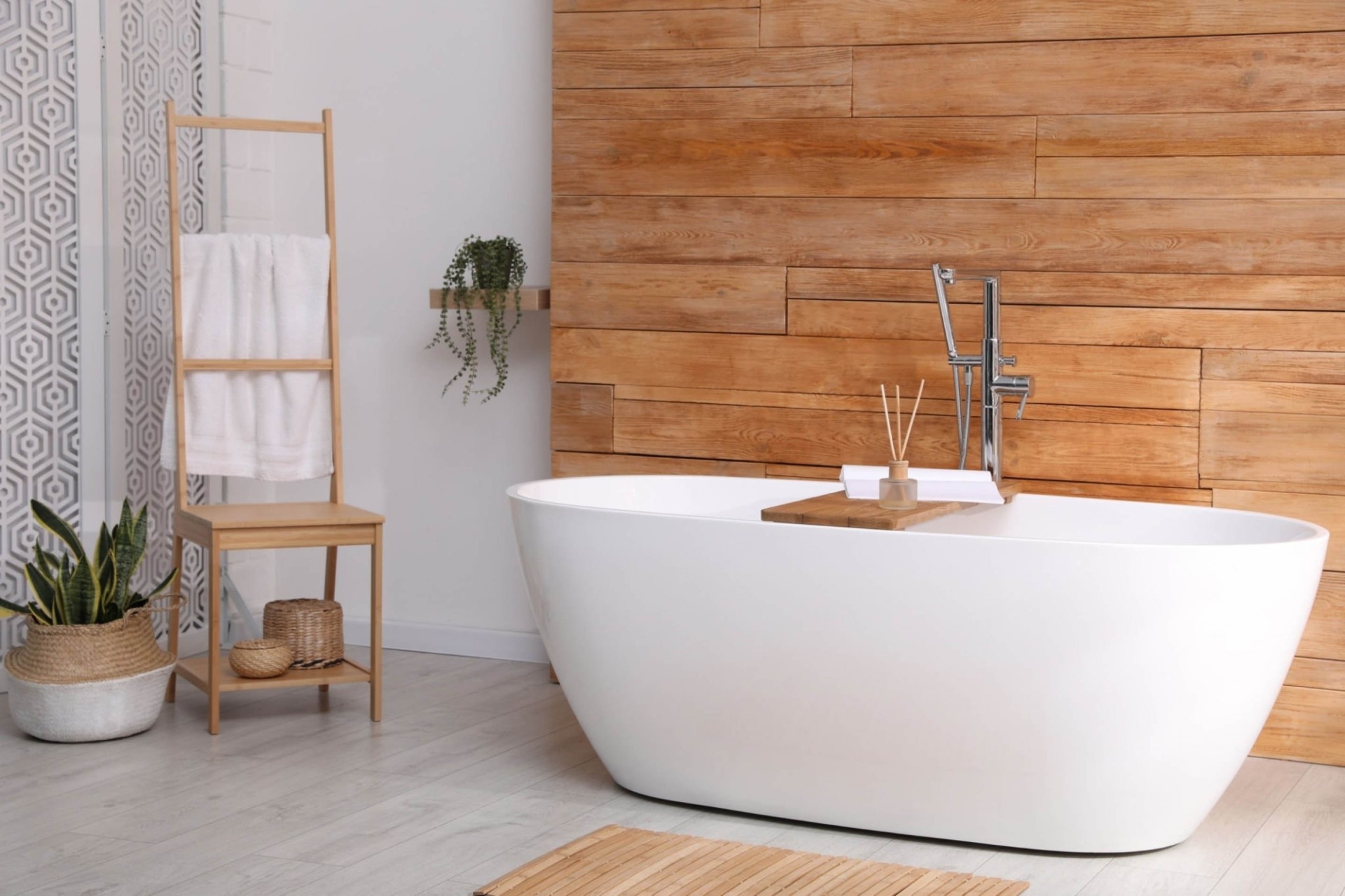
Have you ever thought about making your bathroom eco-friendly? You can step into luxury with a bamboo bath mat! It can be an eco-friendly alternative…
Imagine that you just stepped out of the bathroom and slipped. It sounds funny, but it can cause serious injury. To avoid such accidents, a…
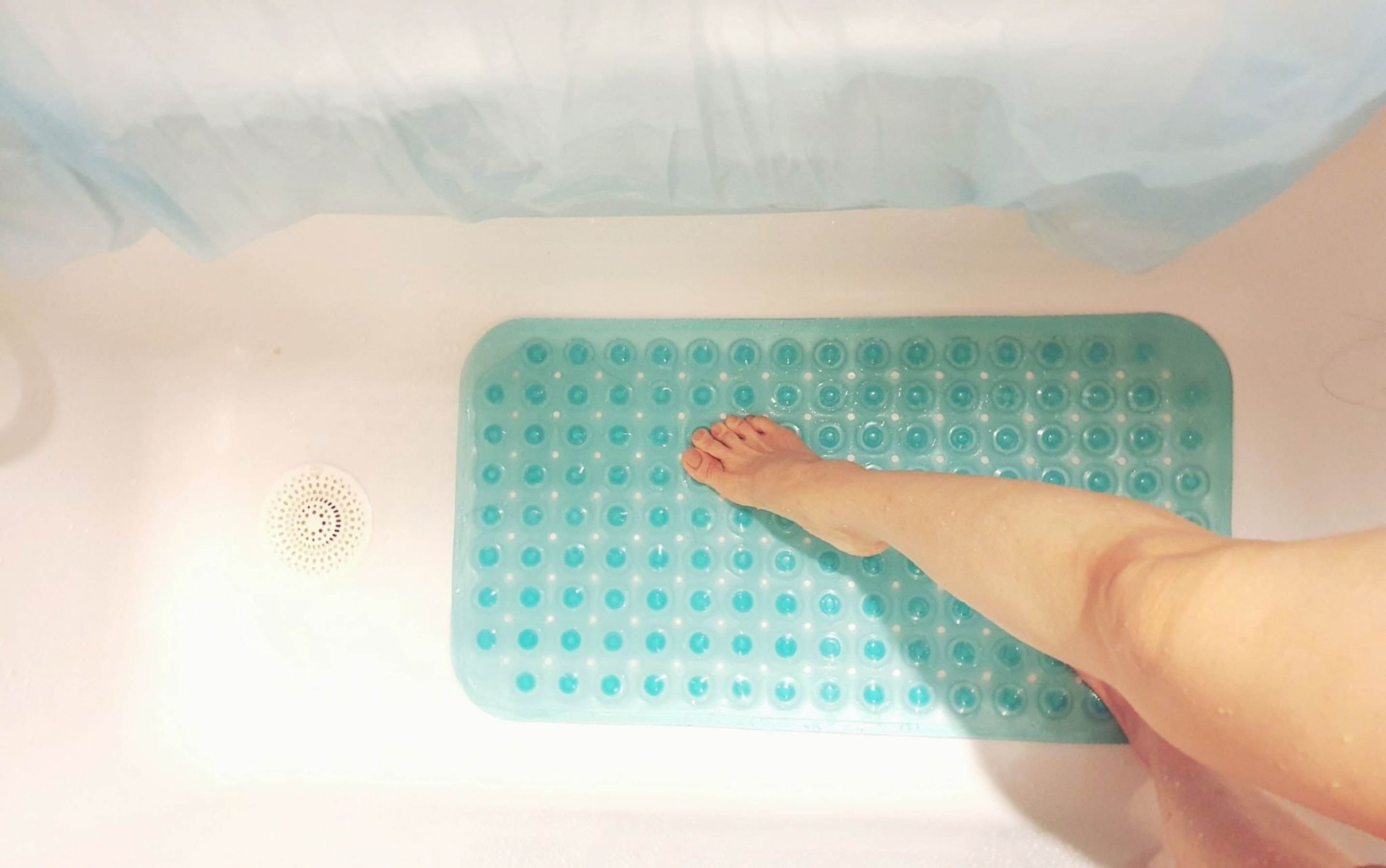
Shower mats are essential in your bathroom since they provide safety and comfort, preventing falls and slips. But are shower mats sanitary? No, these mats…
According to the World Health Organization, breathing in asbestos fibers can cause mesothelioma and lung cancer. In December 2020, a Japanese retailer of furniture and…
Are you in search of a method to clean your bath mat without the use of a washing machine? Well, bath mats are a crucial…
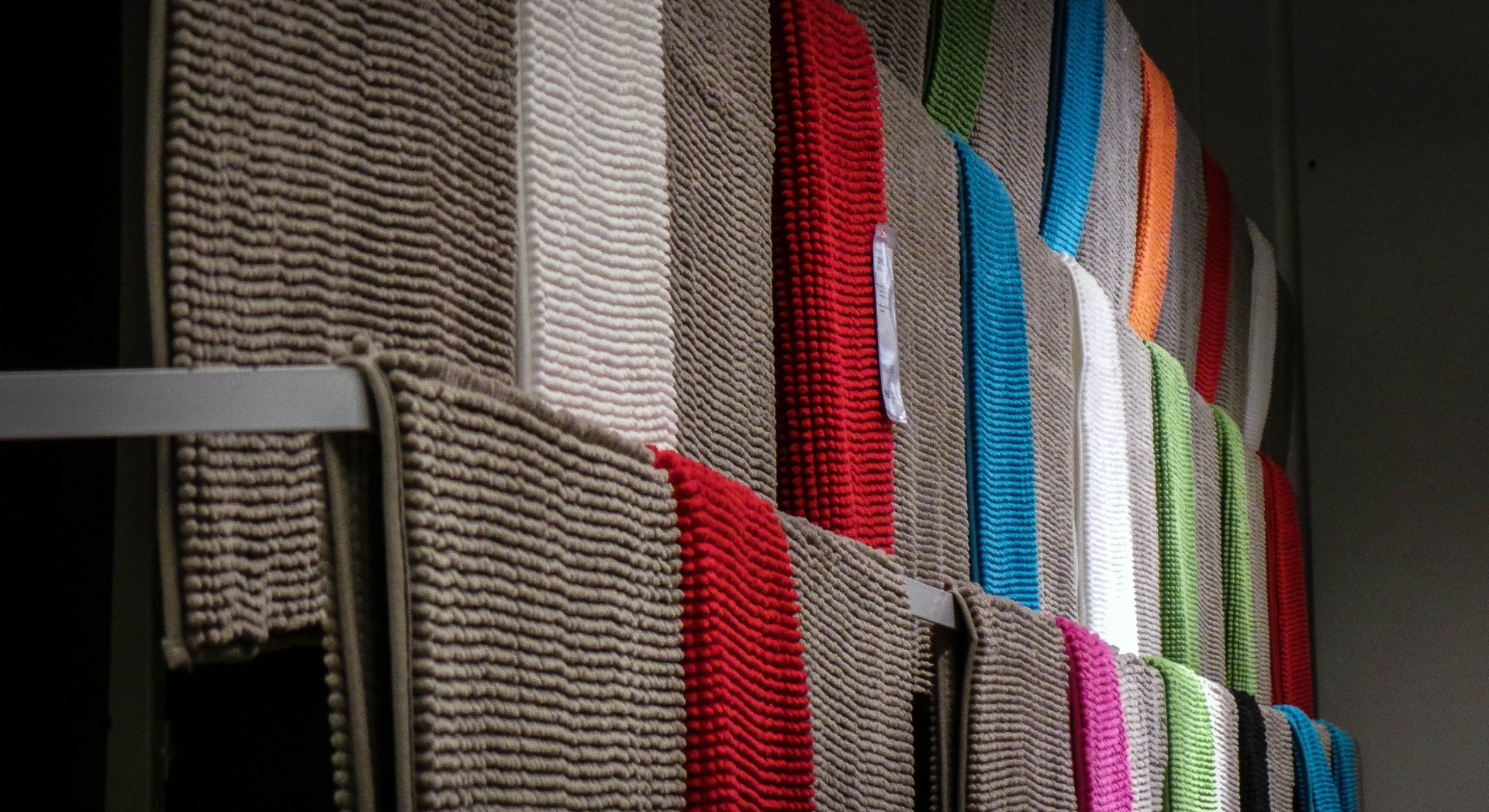
Bath mats are a great addition to making your bathroom space look better and warm. But how many bath mats do I need? Two bath…
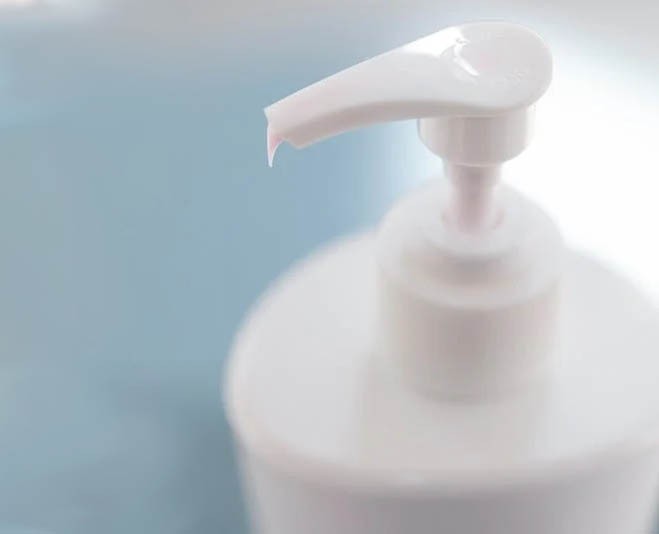
Using liquid soap in a dispenser can be convenient and hygienic to keep your hands clean. But what if you find the liquid soap too…